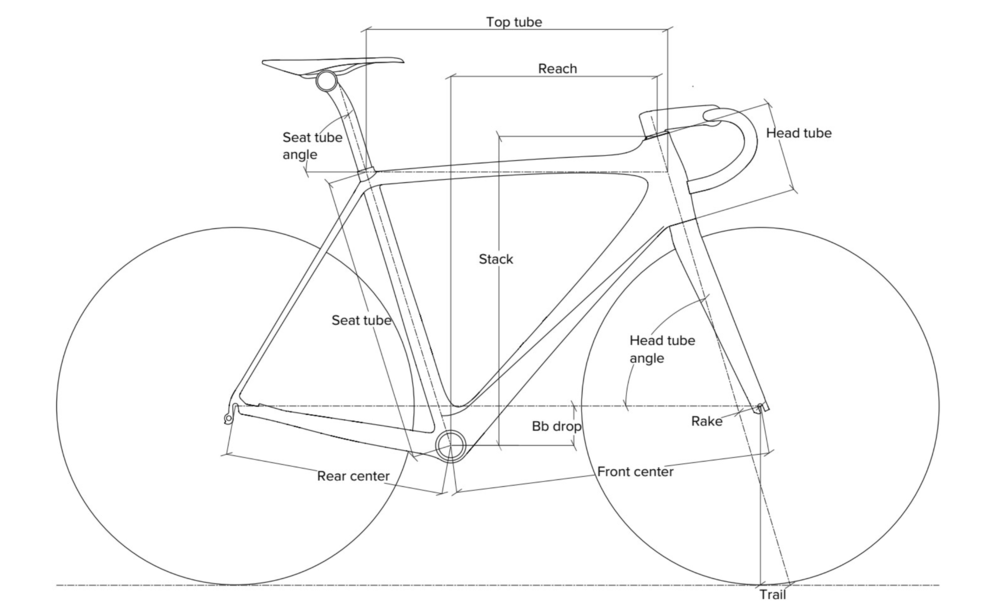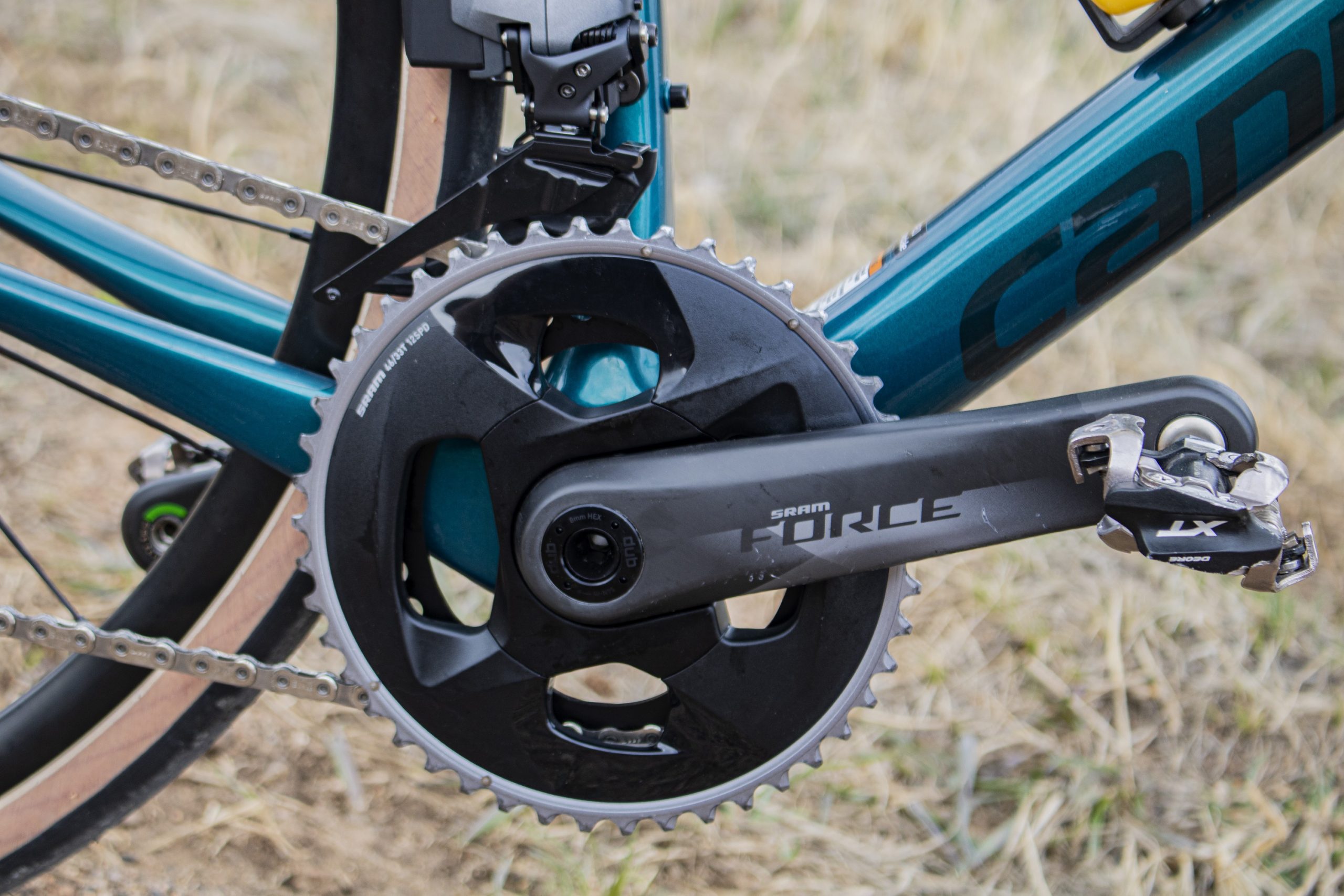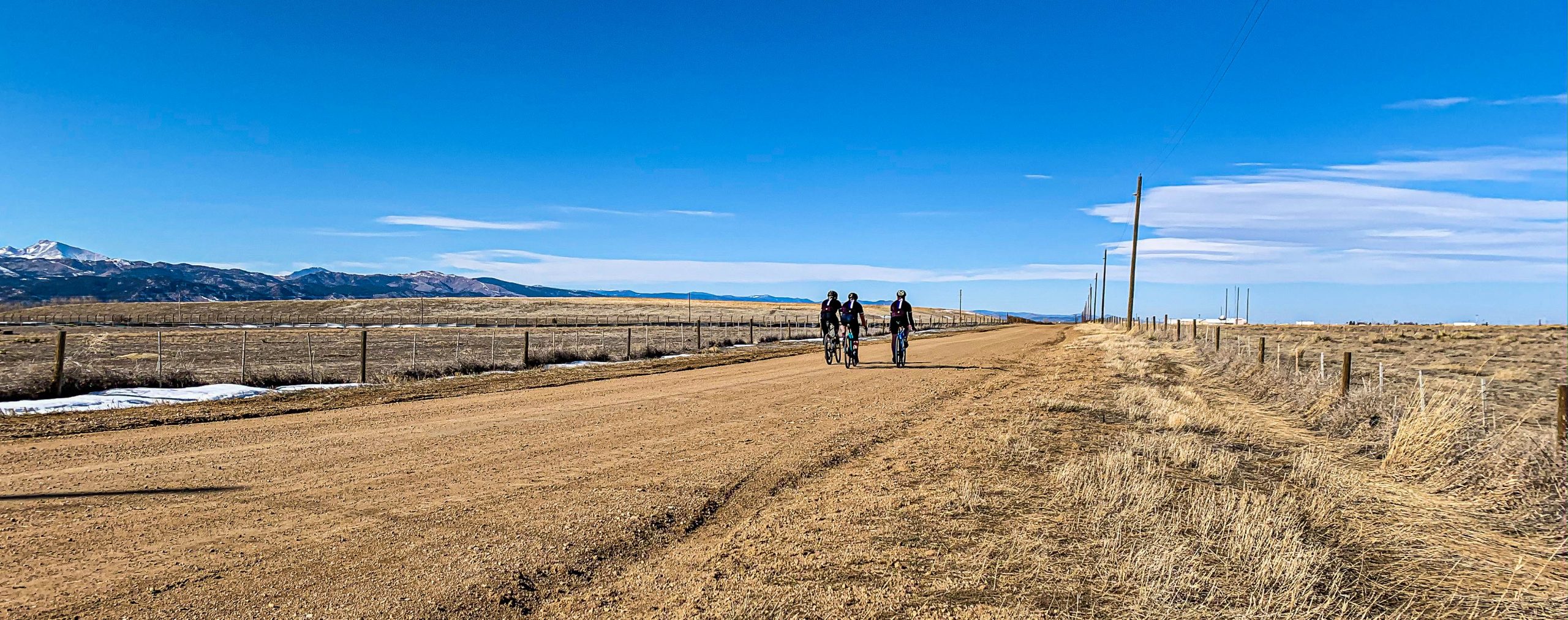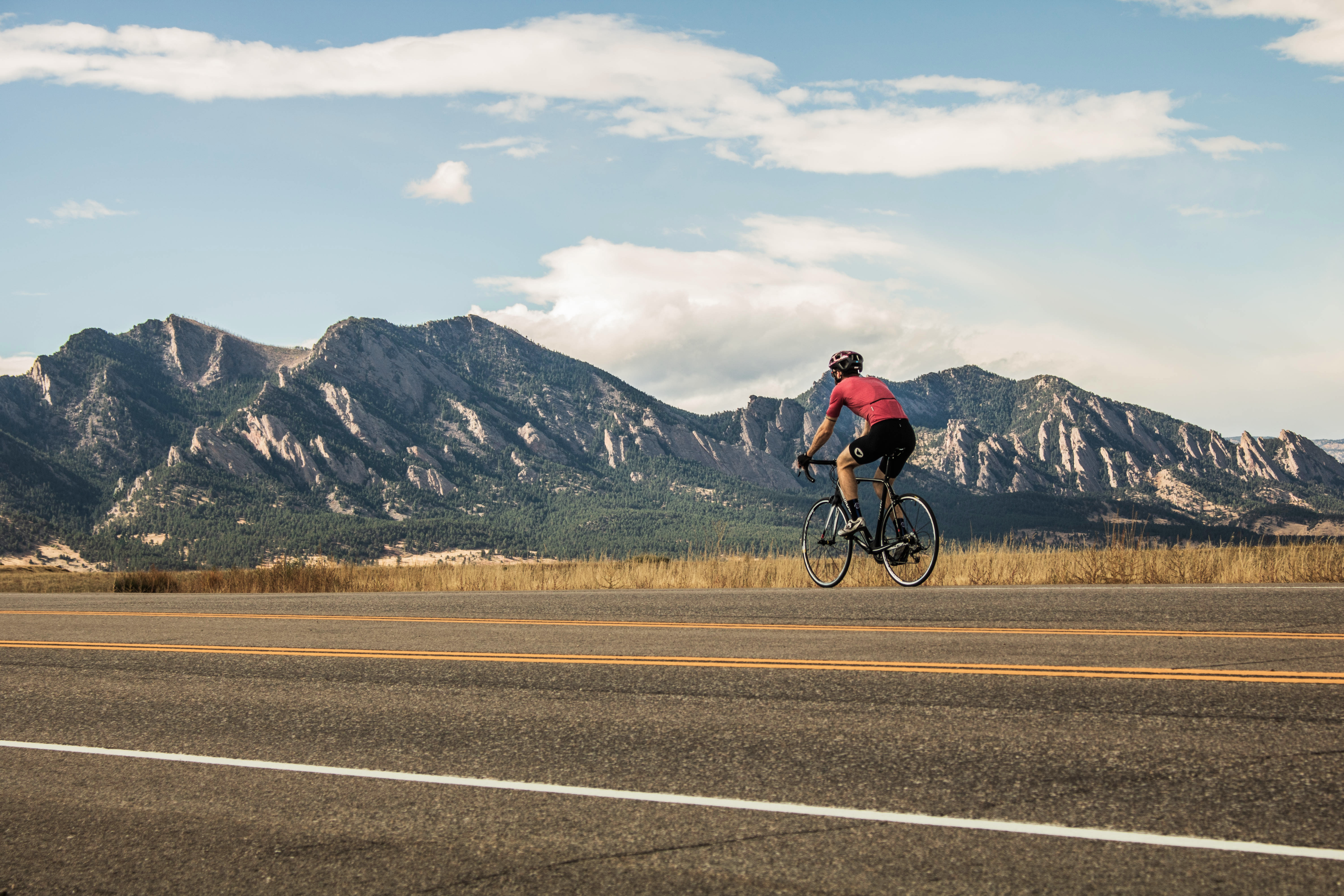Possibly the fastest growing segment in cycling, gravel riding is all the rage in an industry that is constantly innovating and expanding the limits of what your bike can do. But why is gravel riding so popular? Well, gravel biking is a sort of middle ground between mountain biking and road cycling, bringing riders from both groups together.
Gravel riders get the freedom to explore unpaved roads and mixed terrain all while enjoying a comfortable, stable ride that is more efficient than a cross-country or higher travel mountain bike. These roads are often less trafficked by cars and allow the rider to enjoy a more remote adventure through natural beauty.
Road Bikes vs. Gravel Bikes
While both are drop-bar bikes that look similar from a distance, gravel bikes often feature several differences from their on-road counterparts. For starters, most gravel bikes will come standard with disc brakes. Disc brakes are common on road bikes now-a-days, but you will still occasionally see them with rim brakes. It is very uncommon to see a gravel bike available with rim brakes. Disc brakes give the rider more control and braking power in rougher riding conditions and assist in allowing for wider tires. Not to mention, the braking force won’t be impacted by dust and dirt on your rim, so the stopping power won’t be compromised.
Gravel frames feature more space for tire clearance allowing you to install 700c diameter tires up to 40mm, 45mm, or on some frames up to 29×2.1” mountain bike tires. There are even more options available if your frame is compatible with a 650b wheelset. 650b wheels offer even more tire clearance and with certain frames give you the ability to mount up to 2.4” tires. Wider tires mean more control in loose gravel and the ability to soak up chatter and provide a more comfortable ride as you go.
The geometry of a gravel frame is also tweaked slightly from a road frame. Overall, the rider position is more relaxed than a road or race-tuned bike. Specifically featuring a taller head tube, more relaxed head angle, and frequently a gravel bike might feature a sloping top tube that offers more stand-over height which is useful for mounting or dismounting your bike.

The bottom bracket is usually a little lower than a cyclocross frame, and gravel bikes often have longer wheelbases to provide added stability to your ride on or off the pavement. Another added feature of gravel frames are mounts or eyelets for racks, fenders, and mudguards allowing for crossover into the adventure biking and bike-packing disciplines.
With all that being said, do you need to have all these gravel specific features in order to ride gravel? Definitely not. Tom Ritchey, founder of Ritchey Designs, once said, “I thought all road bikes were gravel road bikes? I’ve been riding my bikes on gravel and more accurately—unpaved dirt roads and trails—for decades.” A road bike with 28mm tires can handle light gravel trails, or a cyclocross bike with clearance for 35-37mm tires can take on plenty of off-road paths and trails with ease. There are even bikes labeled as allroad bikes that are a sort of in-between for road riding and gravel riding. The changes in geometry for a gravel bike simply provide additional comfort for long rides over more difficult terrain.
Selecting Your Gravel Drivetrain – 2x or 1x Groupsets

Choosing the right drivetrain for your gravel bike is pivotal in your riding experience, with the first choice being to select a “one by” or “two by” drivetrain. This means choosing between a crankset with one or two front chainrings. There are pros and cons to both set-ups, so it’s good to know what to expect before you choose.
The obvious differences: a 1x drivetrain offers more simplicity in the riding experience and maintenance of your bike by eliminating the front derailleur. Shifting simply moves up and down your cassette with no thought put into changing between your two chainrings. A 1x setup also saves weight due to one less chainring and eliminating the front derailleur.
A 2x drivetrain offers a wider gear range than 1x, and frequently features closer steps on the rear cassette helping you find the perfect gear for riding. However, as stated in the previous paragraph, a 2x groupset includes a front derailleur and two front chainrings leading to added weight, additional maintenance, and takes away from the simplicity of shifting in a 1x groupset.
Here’s where it gets interesting. There a lot of options for gravel groupsets, but some of the most popular include SRAM Rival 1, Shimano GRX, and SRAM Force and RED eTap AXS groupsets.
SRAM Rival 1 is only available as a 1×11 groupset but features large rear cassette option up to 11-42 to provide a solid gear range for off-road pursuits. Another 11-speed groupset is Shimano GRX. GRX is available in both 1x and 2x groups and features gravel specific ergonomics in the shifters and offers compatibility with several Shimano 11-speed cassettes ranging from 11-34 to 11-46.
The SRAM eTap AXS ecosystem allows for mixing and matching SRAM road and mountain components to create the ultimate gravel build. The SRAM AXS shifters are compatible with the SRAM Eagle AXS rear derailleur, giving you the option to build a 1x groupset with the 10-50 Eagle cassette giving you a 500% gear range. To explain further, you can set your bike up with SRAM RED or Force eTap Axs shifters, brakes, and crankset paired with an Eagle AXS rear derailleur, chain, and cassette to give you an extremely wide gear range with a 1x setup…donned the “mullet build.” Business in the front, party in the back.

Choosing A Gravel Tire
One of the most obvious distinctions between a road and gravel bike is the size of the tires. Wider tires are critical for gravel riding to increase traction and control and to ensure a comfortable ride. So, what tires should you choose?
Things to consider before choosing your tire: will you exclusively be riding off the road, or will you be riding mixed surfaces? How much clearance does your frame have? Do you want to ride single-track trails or just dirt roads and gravel paths?
The larger the tire, the more comfortable the ride. The more aggressive the tread pattern, the more traction on the trails. Both come with a cost. Often a wider tire and deeper tread will impact your rolling resistance, especially on pavement. The sweet spot for mixed surface riding is somewhere between 35-40mm tires. You get the benefits of wider tires off the road, without too much impact to rolling resistance. Some tires to consider in this range would be Panaracer Gravelking SKs, Schwalbe G-Ones, and the Donnelly Strada USH tires.
If you want to take on more difficult trails and think your on-road riding will be more limited, you can go even wider and look at tires from 40-47mm. You may not roll as fast, but the greater volume in the tire provides a more comfortable ride and gives you more traction and control on rough terrain. Check out the wide selection of tires from WTB including the Riddler and brand new Raddler tires, or if you can fit them there are plenty of mountain bike tires available that will serve as effective gravel tires for both comfort and traction on the trails.

Go Tubeless!
If you can go tubeless on your wheelset, I highly recommend it! Going tubeless means no pinch flats, sealant to fill small punctures, and the ability to ride at a much lower tire pressure. Hopefully this means you’ll flat less often on your rides and get more enjoyment out of riding the road less travelled. Riding at a lower pressure soaks up more of the bumps on the trails and further increases the comfort on your rides. If your wheelset is tubeless-compatible, this one is a no-brainer!
Time to Get Out and Explore
Gravel biking opens a whole new world of trails and dirt roads to ride, so what’s stopping you? Build up your perfect bike and look up some of the local trails near your home. Maybe you can even find some fire roads through a nearby forest, gravel paths, or take on some of the single-track trails and push the limits of your gravel grinder. Before you know it, you’ll be ready to take on Dirty Kanza and crush 200 miles of gravel racing.




